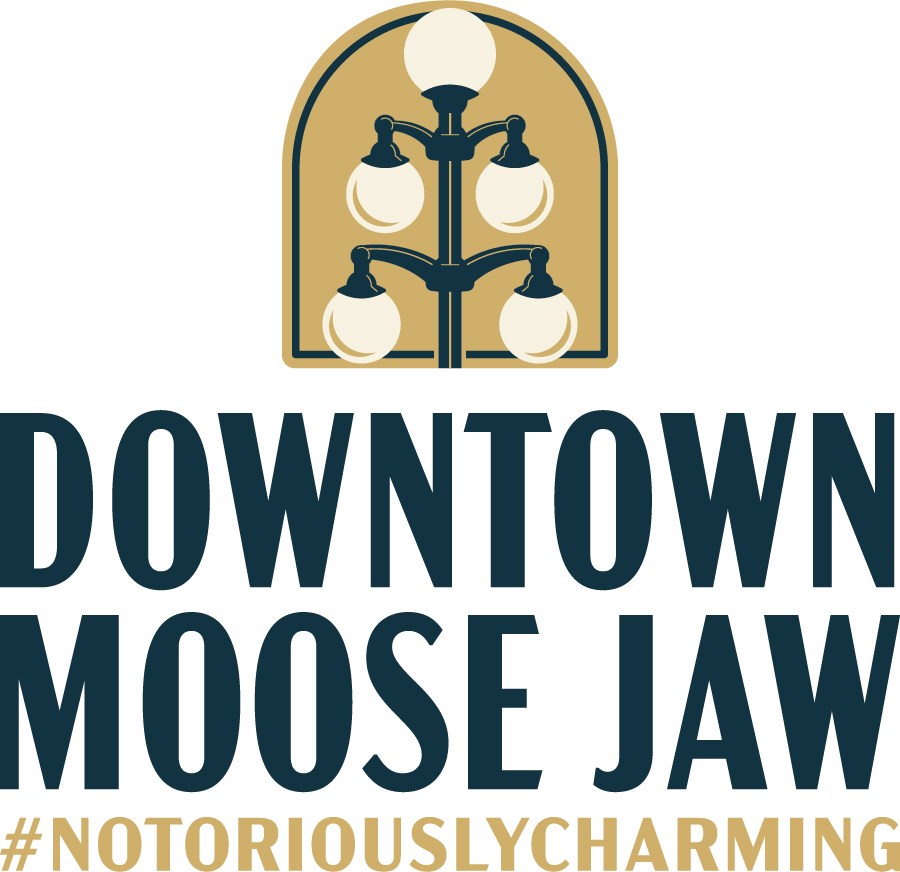MOOSE JAW — It’s been 14 years since Moose Jaw had an official downtown business improvement district and the Downtown Moose Jaw Association is hoping that city council will help restart that program.
A downtown business improvement district (BID) existed in Moose Jaw beginning in the early 1980s, with groups driving significant enhancements to Main Street, Craig Hemingway, acting director of strategic growth, explained during the recent executive committee meeting.
While councils of the day funded those initiatives, the city also received significant government funding through Heritage Canada’s Main Street Program, which is no longer active, he continued.
In 1988, for example, the downtown BID had a budget of $231,500, with the city providing $160,000, the business organization generating $47,500 via levies and $23,000 carried over from the year before.
However, the downtown BID’s funding dried up in the 1990s as the province eliminated certain grants and councils faced budget constraints. The elimination of the municipal business tax further reduced the organization’s budget to the $17,500 municipal grant.
The last downtown BID dissolved in 2010.
The Downtown Moose Jaw Association (DMJA) was incorporated as a non-profit in 2019 and has also been acting as a “de facto” BID since then, said Hemingway.
Since 2022, the association has received an annual municipal operating grant of $45,000 — for beautification programs, advertising, shopping promotions and events — and the half-time support of a new economic development employee from city hall, he continued.
However, it became untenable for the city to continue providing human resource assistance, so the economic development employee’s role was scaled back to a few hours per week.
Hemingway pointed out that there are nine steps to starting a BID, including:
- Establishing the need/making a business case
- Communicating with all interested parties
- Establishing a steering committee
- Creating goals and objectives
- Preparing preliminary budget proposals
- Establishing proposed boundaries
- Formalizing a request to the city
- Notifying residents of a proposed BID designation
- Having council pass a bylaw
Since 2019, the DMJA has completed “to some degree” steps one through seven, while through its strategic plan, it believes a levy could fund a new BID, he said.
There are six ways the DMJA could fund a new downtown BID, including:
- A levy where businesses pay a percentage of their taxable assessment value
- A flat-rate fee that divides the funding request equally among all properties in the district
- An operating grant from council
- Allocating a percentage of parking revenues toward operations/programs
- A third-party grant from organizations like Tourism Saskatchewan and PrairiesCan
- A yearly membership
Hemingway added that the DMJA will submit a BID request during council’s 2025 budget discussions.
Coun. Heather Eby said she sits on the DMJA board and perceives that that organization is waiting for council to create a BID and vice versa. Also, while the DMJA may have completed the first seven steps to create a BID, she thought it needed to make a formal request so council could decide at budget time.
Coun. Crystal Froese said that in the past, the BID’s purpose was to address downtown capital improvements, which is similar to project management. She noted that the former Main Street Program helped the community pay for the old-fashioned lights and poles along Main Street.
While the DMJA may have mostly accomplished the first seven steps in creating a BID, it still needs buy-in “from a significant amount of commercial businesses” in the area, she continued. Also, proposing a levy is “not a little thing to do” since businesses need to know how that would affect them.
“I think BIDs work really well, but there is a significant amount of work and communication that is required (to create one),” Froese added.
The DMJA is obviously looking to council to “lead the charge” in creating a BID, but that’s not council’s job, said Coun. Dawn Luhning. The association must consult with area businesses to determine whether those shops “are willing to come up with the loot” to support this initiative.
Luhning added that the DMJA must also determine what type of levy it wants to impose.
Council then voted unanimously to receive and file the report.
The next regular council meeting is Monday, July 8.




